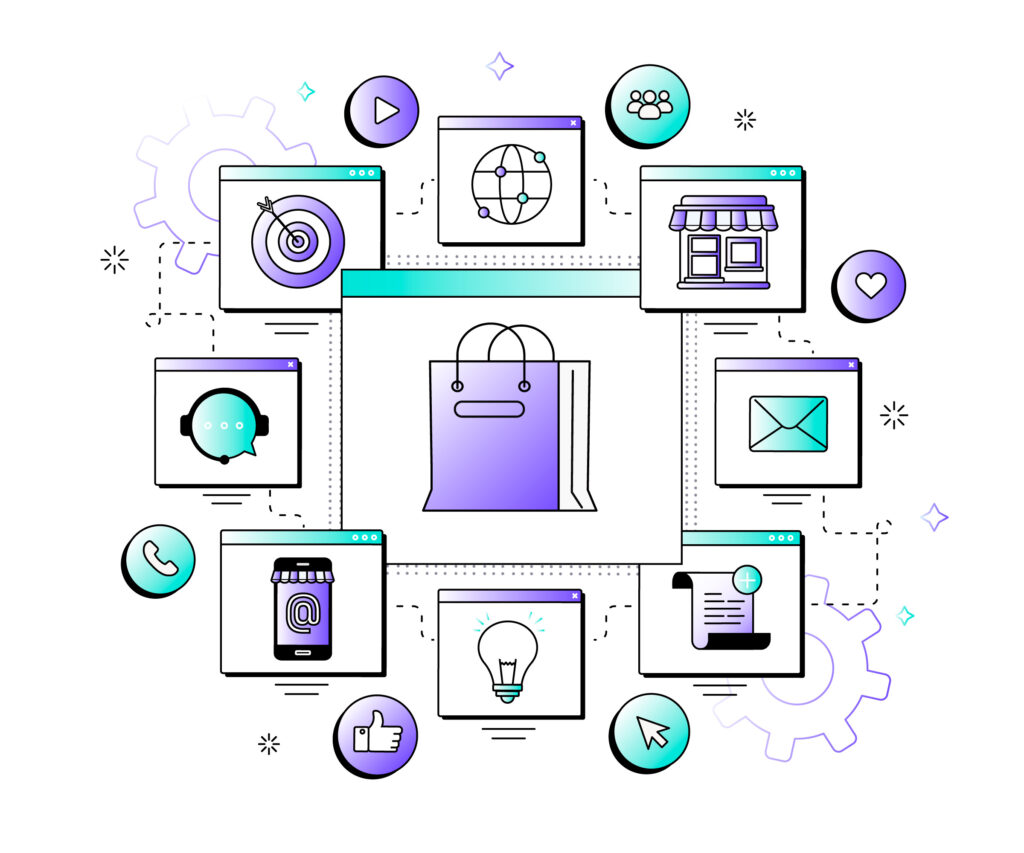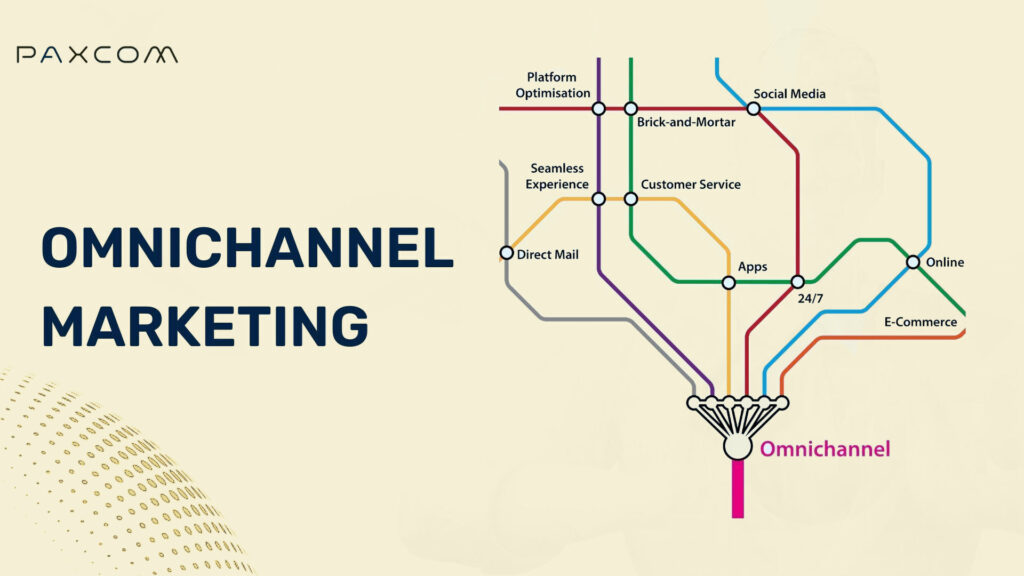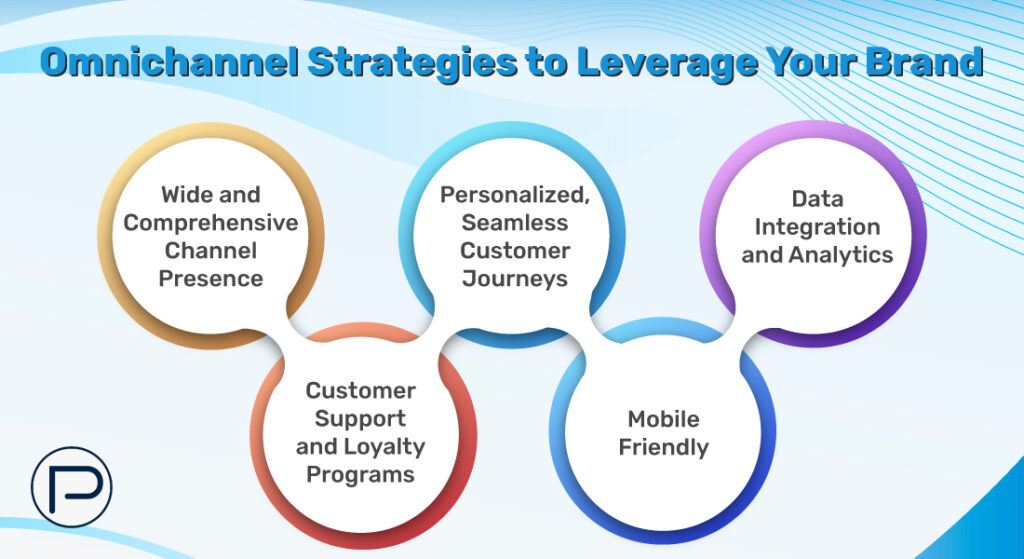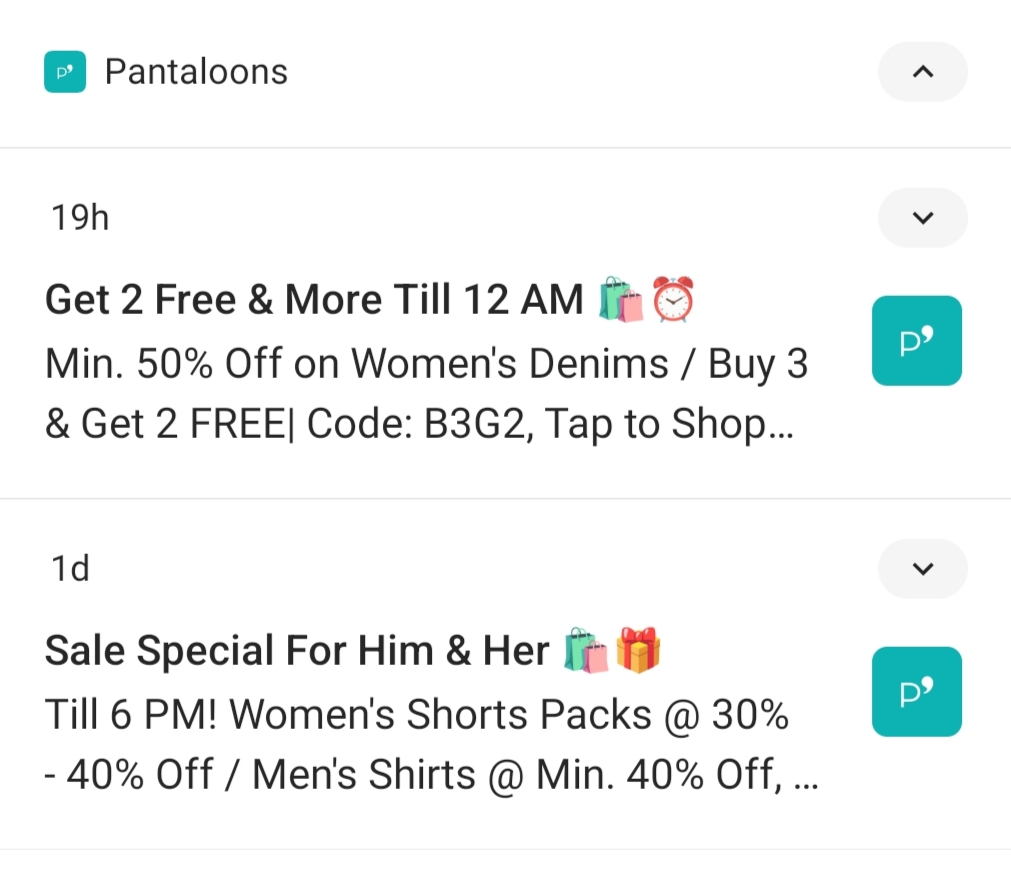Omnichannel marketing is on the rise. Brands have started incorporating omnichannel strategies into their businesses for a better and enhanced customer experience.
Table of Contents
What is Omnichannel?
A user engagement strategy in which a company provides customers or prospects with access to their products, offers, and support services across different channels, platforms, and devices.
Recent research emphasizes the importance of concrete Omnichannel strategies for providing a positive customer experience. Companies or brands that invest in omnichannel customer engagement and identify digital touchpoints remain vigilant and successfully retain 89% of their users, compared to 33% of companies that do not.

This user-engagement approach allows companies to streamline their processes. Whether a customer is shopping online or following BOPIS (Buy Online Pickup in Store), solid omnichannel software maintains the customer’s journey. Thus, by leveraging an omnichannel strategy, brands can effectively reach and retain customers in today’s world.
Omnichannel Marketing: The Need for An Hour

A robust omnichannel strategy delivers consistently, develops trust in the brand, and fosters brand growth. High satisfaction levels entice customers to keep returning to you for their purchases. A customer-centric relationship, both offline and online, helps you retain your customers and gain new ones in the long run.
Omnichannel Marketing is an integral part of the business, and so is email marketing; combining the two helps create a healthy sales funnel and nurture the open leads. Email marketing ensures effective communication throughout the process. By sending personalized emails, you can experience higher conversions and engagement. It also helps gather data through surveys and gives you a better understanding of your leads’ preferences. Through the collected information, you can also try advanced targeting at a later stage. Numerous brands offer exclusive discounts to customers who subscribe to email lists through newsletters and special offers.

5 Omnichannel Strategies to leverage your business

Listed below are five prime omnichannel strategies for the brand to use to their advantage:
- Wide and Comprehensive Channel Presence
The rapid advancement of communication technologies has significantly increased consumers’ ability to interact with brands at their own convenience. There are multiple channels to choose from for consumers, so establishing a strong presence across various online and in-store channels becomes necessary for a brand.

Each channel should be optimized to provide a tailored experience while maintaining a consistent brand identity. Brands can create a unified customer experience across all channels, ensuring a smooth transition for customers as they move between online and offline touchpoints. This consistency fosters confidence, improves the brand’s image, and increases customer satisfaction.
- Personalized, Seamless Customer Journeys
Personalization is one of the key accelerators for any brand/business. Research shows that over 80% of consumers purchase products online when offered personalized experiences.
Meeting the digital touchpoints of your customers online will do wonders for the brand and can cause you to experience a spike in your customer base. According to research, multichannel marketing campaigns generate 287 percent more purchasing power than single-channel marketing campaigns.

By utilizing customer data and insights from various channels, brands can personalize their interactions and recommendations. This can be achieved through targeted messaging, customized offers, and personalized product recommendations, leading to higher engagement and conversion rates.
- Data Integration and Analytics
Brands must collect and integrate data from numerous sources in order to gain a comprehensive understanding of customer behavior and preferences. This data analysis helps you identify patterns, trends, and optimization opportunities, allowing brands to make data-driven decisions and enhance the customer experience.
An enhanced understanding of consumer behavior will result in boosted conversions, improved brand loyalty, and elevated product delivery. By analyzing the data, you can always stay one step ahead of the competition and the forthcoming trends.

Analytics also helps with cross-selling and up-selling as it allows you to make an assortment of products based on factors and occasions as per the consumer’s preference. The data insights eliminate the need for it in certain circumstances and lower the risks through more accurate forecasts and trends.
- Customer Support and Loyalty Programs
Brands should offer consistent and high-quality customer support across all channels. Whether through live chat, social media messaging, phone calls, or in-person interactions, customers should receive timely and knowledgeable assistance. Integrating self-service options, such as FAQs and chatbots, can enhance the customer experience.


Promotional Offers
Customers love to get spoiled with irresistible deals and promotional offers. A unified loyalty program that spans across channels acts as the cherry on top; it encourages repeat purchases and customer retention. Loyalty rewards, personalized offers, and exclusive experiences can incentivize customers to engage with the brand across various touchpoints, strengthening their connection and driving long-term loyalty.
- Mobile Friendly
With the widespread use of smartphones, brands must optimize their channels for mobile devices. Mobile apps, responsive websites, and mobile-friendly payment options are essential for providing a seamless omnichannel experience to customers who prefer to shop or engage on their mobile devices. Offering a mobile-friendly interface saves a lot of time and effort, as the customer won’t have to log in with their laptops whenever they make a purchase.
M-commerce observed a surge in sales in 2020 and has been constantly growing since the pandemic. As per eMarketer Insider Intelligence, In the US, E-commerce sales are expected to touch $710 billion by 2025, and over 187 million active mobile users will be there by 2024.

By optimizing the load time, interactive designs, and navigational process, you will be able to offer a more customer-friendly and streamlined journey.
Push notifications are one of the key elements in encouraging conversions on mobile devices. Utilize them to send personalized offers, reminders about abandoned shopping carts, and loyalty rewards to keep customers engaged with your app.
An omnichannel strategy allows brands to create a seamless and consistent customer experience across multiple channels. By leveraging this strategy, brands can effectively reach and retain customers, build trust, drive engagement, and ultimately foster long-term loyalty in today’s interconnected marketplace.
How can Paxcom help?
At Paxcom, we offer an array of omnichannel seller solutions for your D2C web stores, physical stores, marketplaces, and more for seamless purchase journeys. Our Omnichannel offerings include a number of robust web applications that provide solutions to help brands expand and manage their backend operations flawlessly and without any difficulty.
Would you like to be a part of creating this seamless customer journey for your brand? Reach out to us at info@paxcom.net for more information.














